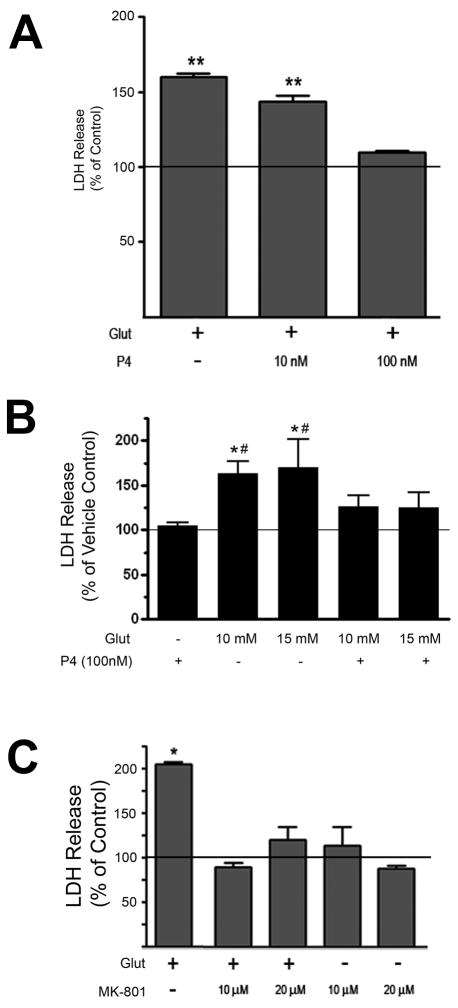Figure 1. Progesterone (P4) protects against glutamate-induced LDH release.
A. Cerebral cortical explants were pre-treated with either 10 nM or 100 nM P4 for 24 hr prior to the administration of L-glutamate (Glut, 5 mM for 6 hr). While 100 nM P4 was effective at reducing glutamate-induced LDH release, 10 nM P4 was not. LDH release was normalized to vehicle-treated control, whose value (set at 100%) is represented by the solid horizontal line. Data are presented as mean ± SEM. (**: p < 0.05 relative to vehicle-treated control)
B. Cerebral cortical explants were pre-treated with P4 (100 nM) for 24 hr prior to the administration of L-glutamate (Glut, 10 mM or 15 mM for 6 hr). P4 prevented glutamate-induced LDH release as these values were not statistically different from vehicle treated control. LDH release is expressed as a percentage of that seen in the vehicle-treated control (set at 100%), with the latter represented by the solid horizontal line. The graph shown represents data from 3 independent experiments. Data are presented as mean ± SEM. Following an Analysis of Variance (ANOVA), individual comparisons were made using a single degree of freedom F-test within the main effect of the ANOVA [F(6,30) = 6.545, p < 0.0001; *: p ≤ 0.001 versus vehicle control; #: p < 0.05 versus P4 + Glut (10mM) and P4 + Glut (15 mM)].
C. Cerebral cortical explants were pre-treated with the NMDA receptor antagonist, MK801 (10 or 20 μM), for 10 min. prior to the administration of L-glutamate (Glut, 10 mM or 15 mM for 6 hr). MK801 prevented glutamate – induced LDH release. LDH release was normalized to vehicle-treated control, whose value (set at 100%) is represented by the solid horizontal line. Data are presented as mean ± SEM. (*: p<0.05 versus vehicle-treated control).

